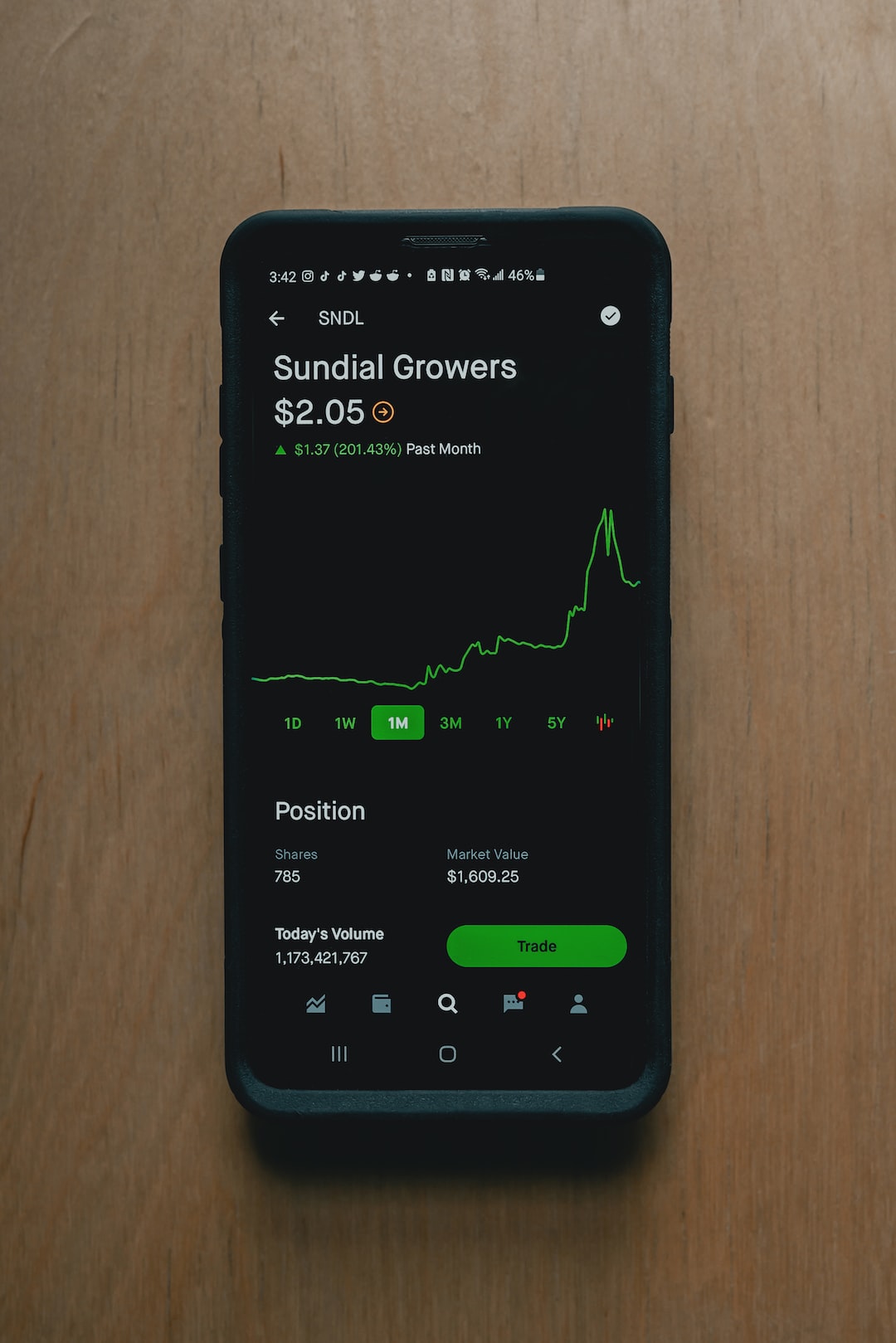The Role of Central Banks in Shaping the EUR/USD Forex Chart: What to Watch For
The EUR/USD forex chart is one of the most closely watched and actively traded currency pairs in the world. It represents the exchange rate between the Euro, the currency used by 19 European Union member states, and the US Dollar, the world’s primary reserve currency. The movements of this chart can have significant implications for global financial markets and traders around the world. While there are many factors that influence the EUR/USD forex chart, one of the most important and influential players is the central banks.
Central banks play a crucial role in shaping the forex market, and their actions and policies can have a direct impact on the value of currencies. In the case of the EUR/USD chart, the European Central Bank (ECB) and the Federal Reserve (Fed) are the primary central banks that traders and investors closely monitor.
The ECB is responsible for managing the monetary policy of the Eurozone countries. Its main objective is to maintain price stability and support economic growth within the Eurozone. The ECB achieves this through various measures, including setting interest rates, conducting open market operations, and implementing quantitative easing programs.
The interest rate decisions of the ECB are of particular importance to the EUR/USD forex chart. When the ECB raises interest rates, it signals that the Eurozone economy is performing well and inflationary pressures may be building up. This tends to attract foreign investors seeking higher returns on their investments, leading to an increase in demand for the Euro and a strengthening of the EUR/USD chart.
Conversely, when the ECB lowers interest rates, it signals a loosening of monetary policy and a potential economic slowdown. This tends to reduce the attractiveness of the Euro as an investment and can lead to a weakening of the EUR/USD chart.
Another important tool in the ECB’s arsenal is quantitative easing (QE). QE involves the purchase of government bonds and other securities in the open market to inject liquidity into the economy. This program has the effect of lowering borrowing costs, stimulating lending, and boosting economic activity.
The announcement of QE programs by the ECB can have a significant impact on the EUR/USD chart. When the ECB announces an expansion of its QE program, it signals a willingness to provide additional stimulus to the Eurozone economy. This can lead to a weakening of the Euro and a decline in the EUR/USD chart.
On the other side of the EUR/USD forex chart, the Federal Reserve is responsible for managing the monetary policy of the United States. Like the ECB, the Fed sets interest rates and conducts open market operations to achieve its objectives of price stability and maximum employment.
The interest rate decisions of the Federal Reserve have a direct impact on the value of the US Dollar and, consequently, the EUR/USD chart. When the Fed raises interest rates, it signals a tightening of monetary policy, which tends to attract foreign investors seeking higher returns on their investments. This can lead to a strengthening of the US Dollar and a decline in the EUR/USD chart.
Conversely, when the Fed lowers interest rates, it signals a loosening of monetary policy, which can lead to a weakening of the US Dollar and an increase in the EUR/USD chart.
In addition to interest rate decisions, the Federal Reserve’s communication and forward guidance are closely monitored by traders and investors. Any indications of future monetary policy actions can have an immediate impact on the EUR/USD chart.
It’s also important to note that the actions and policies of other major central banks, such as the Bank of Japan (BOJ) and the Bank of England (BOE), can indirectly influence the EUR/USD chart. For example, if the BOJ implements aggressive monetary easing measures, it can lead to a weakening of the Japanese Yen and a strengthening of the US Dollar, which can indirectly impact the EUR/USD chart.
In conclusion, central banks play a vital role in shaping the EUR/USD forex chart. The actions and policies of the ECB and the Federal Reserve, as well as other major central banks, can have a direct and indirect impact on the value of the Euro and the US Dollar, which in turn influences the EUR/USD chart. Traders and investors should closely monitor the decisions and communications of these central banks to stay informed and make informed trading decisions.






